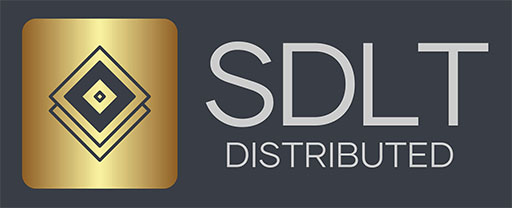
France and Italy Urge EU to Rethink Blockchain Regulation After DLT Pilot Falters
Regulations

- 14 April 2025
- |
- 18:00
French and Italian financial regulators are calling on the European Commission to revamp its approach to blockchain in financial markets, following a disappointing rollout of the EU’s flagship DLT Pilot Regime.
In a joint statement, the Autorité des Marchés Financiers (AMF) and Commissione Nazionale per le Società e la Borsa (CONSOB) urged policymakers to implement a more flexible and innovation-friendly framework to support distributed ledger technology (DLT
Distributed Ledger Technology
“>DLT) integration into Europe’s market infrastructure.
“Europe must put in place a competitive framework to encourage innovation and better measure the potential benefits of DLT,” said AMF Chair Marie-Anne Barbat-Layani.
EU’s Blockchain
At its core, blockchain is a digital chain of blocks, but not in the traditional sense. These ‘blocks’ consist of bits of information, and when we refer to a ‘block’ and ‘chain,’ we’re talking about digital data stored in a public database. Blockchain provides an innovative way to transfer information automatically and securely. A transaction begins when one party creates a block, which is then verified by thousands, even millions, of computers across the network. This decentralized ledger of financial transactions is constantly evolving, with new data continuously added.
What makes blockchain tamper-proof is that each record is unique, with its own distinct history. To alter one record would require changing the entire chain of millions of other records. Blockchain is grounded in three key principles: decentralization, transparency, and immutability.
At its core, blockchain is a digital chain of blocks, but not in the traditional sense. These ‘blocks’ consist of bits of information, and when we refer to a ‘block’ and ‘chain,’ we’re talking about digital data stored in a public database. Blockchain provides an innovative way to transfer information automatically and securely. A transaction begins when one party creates a block, which is then verified by thousands, even millions, of computers across the network. This decentralized ledger of financial transactions is constantly evolving, with new data continuously added.
What makes blockchain tamper-proof is that each record is unique, with its own distinct history. To alter one record would require changing the entire chain of millions of other records. Blockchain is grounded in three key principles: decentralization, transparency, and immutability.
“>Blockchain Experiment Falls Short
Launched in March 2023, the EU’s DLT Pilot Regime was designed to offer a legal sandbox for testing blockchain-based systems for trading, settlement, and custody of financial instruments.
But despite initial enthusiasm, the program saw limited participation and failed to meet key objectives, prompting the AMF and CONSOB to push for reform.

Three Key Recommendations from France and Italy
The regulators laid out a roadmap for revamping the Pilot Regime:
- Flexible Rules for Innovation
The AMF and CONSOB want a regulatory framework that adapts based on project size and scope — allowing smaller firms to test ideas without facing the same burdens as major institutions. This approach, they argue, would lower barriers to entry for DLT experimentation. - Expand and Extend the Pilot Regime
The proposal recommends raising eligibility thresholds and capitalisation limits to allow for larger-scale blockchain pilots, including those involving complex products like structured bonds and derivatives. The regulators also want to extend the duration of the regime, giving participants long-term clarity. - Interoperability and EU-Wide Standards
To ensure DLT platforms work seamlessly with traditional finance infrastructure, the regulators are pushing for common standards across the EU. They also advocate for enhancing the role of ESMA, the European Securities and Markets Authority, to enforce consistency across member states.
A Pivotal Moment for EU Fintech Policy
The joint call from two of Europe’s most prominent financial watchdogs comes as the EU looks to advance its Savings and Investment Union — an effort to mobilize capital more efficiently across the bloc. A more robust blockchain regulatory framework, they argue, is critical to achieving that vision.
“This is about building the financial markets of the future,” the regulators stated, adding that now is the time for the EU to lead on DLT adoption, not fall behind global competitors.


Kosta Gushterov
Reporter at Coindoo
Kosta has been a part of the team since 2021 and has solidified his position with a thirst for knowledge, incredible dedication to his work and a “detective-like” mindset. He not only covers a wide range of trending topics, he also creates reviews, PR articles and educational content. His work has also been referenced by other news outlets.
